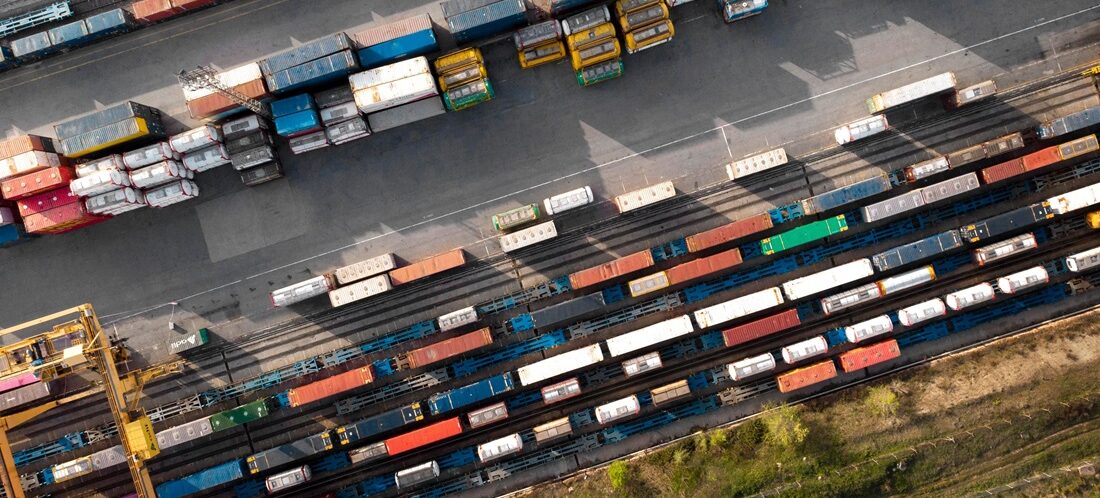
Bahia’s Exports Drop 33.8% in January
Feb, 13, 2025 Posted by Denise VileraWeek 202507
Due to the off-season, Bahia’s exports declined in January, primarily impacting soybean exports, the state’s leading export commodity. This drop caused shipments to fall by 75%. Additionally, there was a decrease in exports of cellulose, petroleum derivatives, and chemical products. The total export value amounted to US$660.2 million, representing a 33.8% decline compared to US$997.6 million in the same period last year.
These figures were provided by the Superintendency of Economic and Social Studies of Bahia (SEI), linked to the Planning Secretariat (Seplan), based on data from the Foreign Trade Secretariat of the Ministry of Development, Industry, Trade, and Services (MDIC).
Although shipment volume dropped 49.2% compared to January 2023, the price increase of some products, such as coffee, cellulose, precious metals, cocoa, and oil, helped partially offset this decline. The result was the lowest January export performance since 2021 when the state recorded a deficit of US$64.6 million. Now, the deficit has reached US$217.1 million.
All major export sectors performed negatively compared to the same month of the previous year. The manufacturing industry recorded a 36% decline, totaling US$240 million. The agricultural sector, mainly impacted by the reduction in soybean exports, saw a 41% drop, reaching US$306 million. Meanwhile, the extractive industry had the smallest decrease, 0.8%, totaling US$90.7 million.
The chart below shows the container throughput registered at the Port of Salvador between January 2021 and December 2024, according to DataLiner data. The port of Salvador is Bahia’s busiest.
Container Throughput at Salvador Port | Jan 2021 – Dec 2024 | TEUs
Source: DataLiner (click here to request a demo)
Brazilian exports to China, the largest destination for Bahia’s products, fell 65.8% in January 2025 compared to the same period in 2024. Total sales to Asia also dropped 66.4%. However, exports to Latin America, including Mercosur, grew 84%, driven by a 50% increase in sales to Argentina, based on a comparison with a previously low period. Exports to the European Union increased by 29.4%.
In contrast to exports, imports continued to grow. In January, imports totaled US$ 877.3 million, a 25.7% increase, with a notable rise in the purchase of intermediate goods, which grew 47.7%. Among the key items driving this increase were fertilizers (+198%), raw cocoa (+405.8%), and other inputs such as photovoltaic cells and parts, which saw an impressive +440% growth compared to the same period in 2024. In terms of volume, imports rose 23.2%, with notable increases in products from the U.S. and China.
Source: CN1
-
Economy
Aug, 02, 2023
0
DataLiner: Container exports start to recover in June; imports follow an upward trend
-
Economy
Jun, 09, 2022
0
Sea freight to fund agricultural research in Brazil
-
OTI Rankings
Mar, 08, 2024
0
OTI Ranking | ECSA | DataLiner | Jan-Dec 2023 vs. Jan-Dec 2022
-
Tradelane Graphs
Mar, 07, 2019
0
DataLiner Brazil Tradelane Graphs | Jan 2012 to Jan 2019 (TEU)



